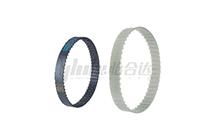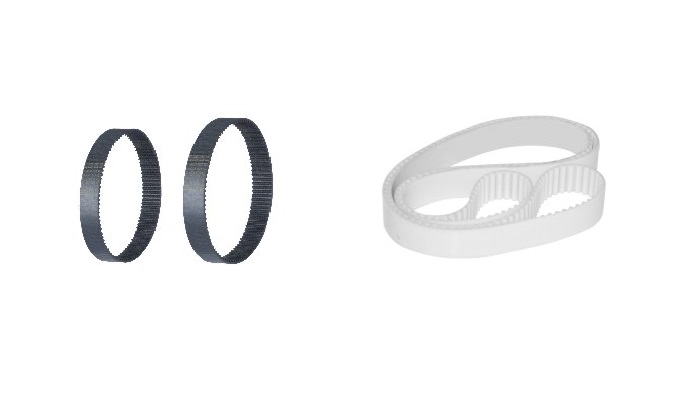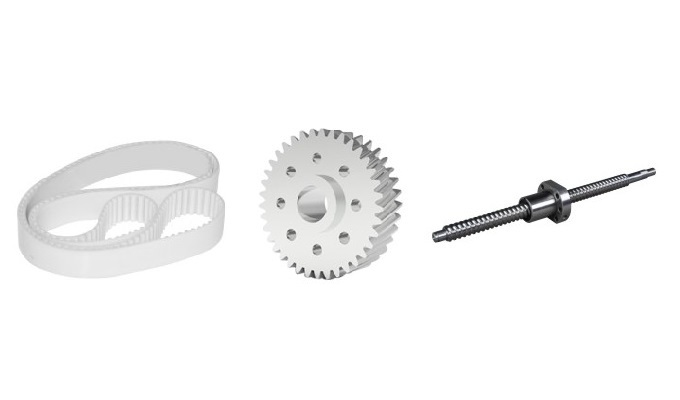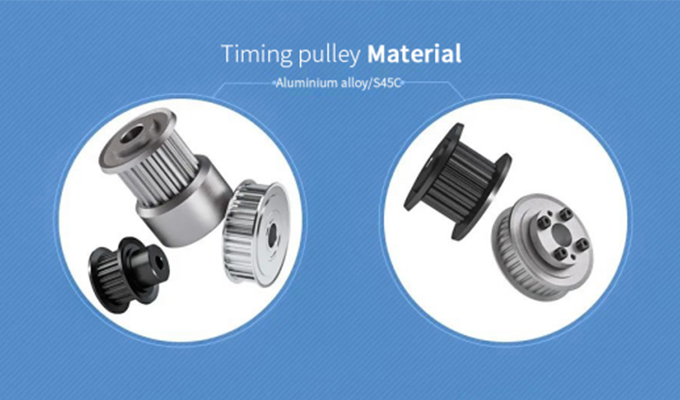Timing pulley and timing belts both belong to transmission accessories, with timing pulleys including a series of products related to timings belts. The overall characteristics of timing belt transmission include high transmission efficiency, low transmission noise, and the ability to maintain smooth transmission.
Disadvantages of Traditional Transmission Methods
1. Traditional gear transmission sacrifices distance for precision, resulting in significant noise during the transmission process.
2. Chain transmission allows for longer effective transmission distances but lacks high precision and generates substantial noise.
3. Ordinary belt transmission provides a long transmission distance with minimal noise but fails to guarantee high transmission accuracy.

Representative Products in the Timing Belt Series
The arc tooth synchronous belt is made of rubber and forms a continuous loop. Different tooth shapes and pitches can be chosen for specific applications. In terms of performance, the arc tooth synchronous belt exhibits excellent resistance to water, heat, and impact, making it suitable for high-power transmission.

The polyurethane synchronous belt is made of polyurethane composite material, offering various tooth shapes and coming in black or white. Thanks to the characteristics of polyurethane, this belt has high shear strength, outstanding wear resistance, and oil resistance. Generally, it is more suitable for medium to low-power transmission scenarios.

3. Trapezoidal Tooth Timing Belt
The trapezoidal tooth synchronous belt is commonly made of polyurethane or rubber. Its advantages include cleanliness, durability, and the ability to meet the dust-free requirements of industries such as photovoltaics and healthcare.

Timing Belt Perimeter Calculation
Currently, Timing belt perimeter calculation tools are typically designed for two-pulley scenarios. The operation of Yiheda's developed automatic timing belt perimeter calculation tool is straightforward. Users only need to sequentially input parameters such as tooth shape, tooth count, and center distance to automatically calculate the overall perimeter of the timing belt. Therefore, this tool eliminates the cumbersome manual calculation steps and is very convenient to use.




